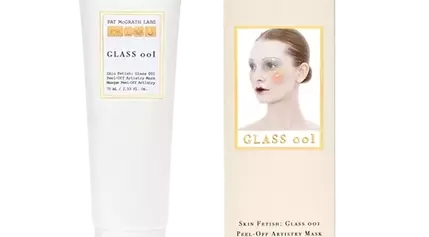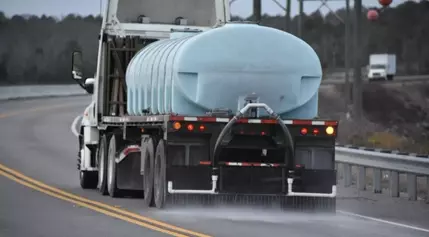Even though you might have limited space to garden, you still can grow herbs in pots to enjoy fresh basil, thyme, parsley, and other favorites. Herb gardens in containers are among the easiest types of gardens to grow. There's less weeding, bending over, and tools needed to care for the herbs. And you can move the pots of herbs around so they're conveniently located. Use these simple tips for growing herbs in pots to get started.
1. Choose the Right Herbs
Choosing the right herbs for your container garden depends on what you ultimately want to do with your herbs once they are planted and fully grown. Do you want herbs for a fragrant garden or the best herbs to attract pollinators? Or maybe you just want the best herbs to plant together so you can bring beauty to your yard and exciting flavors to your meals. It’s really up to you how you’ll plant your container garden. Once you figure out how you want your herbs to work for you, you can determine the right kind of herbs you need to make your herb plan a reality.
2. Pick the Best Containers for Herbs
Choosing the best container for your herbs depends on your budget, your herb garden’s location, the temperature of your space, the amount of available space available, and the types of herbs you want to grow. More than anything, herbs grown in containers need good drainage because root rot often occurs in potted gardens. Here are the most common types of containers that herbs thrive in.
Terra-Cotta Pots
Terra-cotta pots allow for water to flow easily through them and evaporate through the porous clay, however, soil in these decorative pots often dries out faster than when in other types of containers.
Concrete and Cast Stone
If you’re looking for a container that will stand up to freezing or windy weather, then a concrete or cast stone container will work for your herb garden. Keep in mind that once these easy-to-make containers are filled with soil and plants, they can be heavy and may be difficult to relocate unless you dismantle them.
Metal
Whether you choose steel, zinc, galvanized, or cast iron, metal containers are usually resistant to breakage and freeze damage. Metal planters can, however, gather heat from the sun and warm the soil enough to harm the plants. Putting plastic pots inside metal pots keeps the soil from coming into contact with the metal.
Plastic and Fiberglass
If you’re all about practicality, then a plastic or fiberglass pot is the perfect vessel for growing herbs in. They won’t dry out as fast as clay pots and they’re usually inexpensive and hard to break. They’re also lightweight—some molded plastics can be made to look like a decorative clay or metal pot. Just make sure your container drains well and you’re careful not to overwater your herbs because plastic and fiberglass containers are not porous like clay pots.
Wood
A wood planter softens the space with its natural look. Since wood is a natural insulator it protects herbs’ roots in hot and cold weather. Choose a naturally decay-resistant container such as one made out of redwood, teak, or cedar. Lining the inside of the planter with plastic or sheet metal helps to avoid your pot rotting from constant soil and moisture contact with the wood.
3. Ensure Sufficient Sunlight
Most herbs need full sun which means getting direct, unfiltered sunlight for at least 6 hours a day. Look for areas that stay very bright for a large portion of the day. If your location isn’t providing your herbs enough sunlight, you can potentially move your container to a different location that better suits your herbs’ needs.
4. Water Potted Herbs Consistently
Containers need regular watering because container plants’ roots don’t have a natural way to source ground moisture. Making sure you have easy access to a hose or watering can is essential so that you water your herbs consistently without a lot of extra effort. Morning is the best time of day to water your plants when temperatures are cooler. Attaching a drip hose or drip irrigation system to a hose or sprinkler system helps to apply water slowly to the soil without disturbing the plants—they even come with timers to automate watering.
5. Don’t Overfertilize
Container plants need fertilizer once the organic matter in its potting soil breaks down. The less soil mass that a container has to hold nutrients, means that it will need fertilizer more often. The key to using fertilizer effectively is to make sure that you don’t overfertilize. A balanced general-purpose natural or organic-based liquid fertilizer can be mixed in a watering can and used to deeply water at the container’s soil level to distribute nutrients to the herbs’ root system.
6. Harvest Regularly
It’s important to keep containers healthy and abundant, so there are plenty of herbs to harvest anytime. Once there’s enough foliage to maintain growth, harvest leaves and flowers in as whole a form as possible for the best flavor in the morning after the dew dries but before the heat of the day. It’s best to cut sprigs of herbs just above a leaf cluster.
7. Provide Winter Protection
Container plants that are potentially exposed to harsh winds such as those on balconies, rooftops, and decks need to be moved to a sheltered location for protection during the winter. Water plants as needed until the soil in the container is frozen. Help herbs survive winter in pots by grouping containers together for extra protection from the winter elements.




















